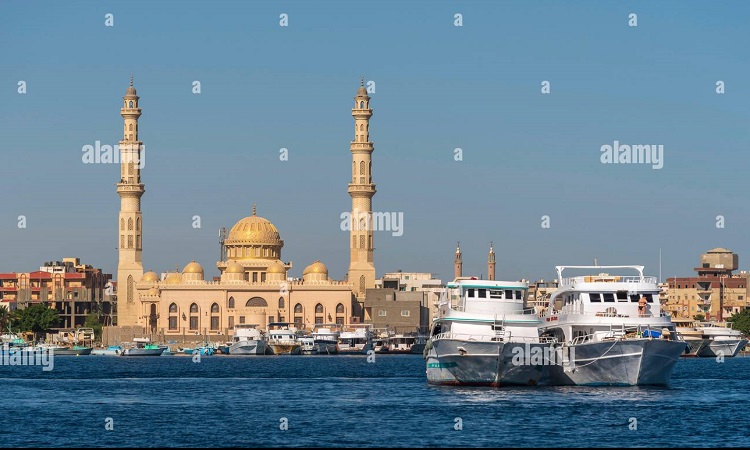Covid-19 to have long-term industry impact, says Hapag-Lloyd CEO
The economic repercussions of the Covid-19 pandemic in many parts of the world will continue to dominate for some time, according to Hapag-Lloyd, as market conditions will remain subject to considerable uncertainty.
Reporting first half results, Rolf Habben Jansen, Hapag-Lloyd CEO, said that the German shipping line benefitted from the sudden drop in bunker prices, adjusted capacity to lower demand and took additional cost-cutting measures as part of the company’s Performance Safeguarding Program (PSP).
The Hapag-Lloyd CEO believes that the coronavirus will be a long-lasting obstacle for the transportation sector, saying “the pandemic is and will remain a major source of uncertainty for the entire logistics industry.”
In addition to the development of transport volumes, the development of freight rates and a further potential increase in bunker prices, in particular, could have a significant impact on the company’s results in the second half of the 2020 financial year, according to the carrier.
“On the whole, we have a good first half year behind us despite the coronavirus crisis,” said Jansen. But the company will continue with its cost-cutting policy to mitigate the effects of the economic hit from the pandemic.
Although the carrier’s transport volumes declined significantly in the second quarter, as a result of the Covid-19 outbreak, Hapag-Lloyd achieved increased earnings before interest and taxes (EBIT), earnings before interest, taxes, depreciation and amortisation (EBITDA) and profit in the first half of 2020 compared to the same period of 2019.
Revenues in the first six months of the year stood at approximately US$7 billion, less than 1% below last year’s level. This can primarily be attributed, according to the company, to the fact that transport volumes decreased by approximately 4%, to roughly 5.8 million TEU.
While transport volumes were still slightly higher in the first quarter, the second quarter saw a decline of roughly 11% compared to the year before as a result of the pandemic. The average freight rate in H1 2020 slightly improved to US$1,104/TEU.
Hapag-Lloyd added that transport expenses were around 4% below the comparable figure for the previous year. An average bunker price of US$448 per tonne, which is approximately 4% higher than a year ago owing to the introduction of the IMO 2020 fuel regulation, was offset by positive effects from a volume-related decline in transport expenses and active cost management resulting from the PSP measures.
In addition, the sharply declining bunker prices in the second quarter had a positive impact on Hapag-Lloyd’s earnings.
The Hamburg-based firm highlighted the fact that the free cash flow was once again very positive, at US$1.2 billion. The liquidity reserve was significantly increased in the first half of the year as active measures were taken to further strengthen the liquidity position as part of the PSP, and it stood at approximately US$1.9 billion at the end of June.

“Thanks to the wide range of measures we have introduced in recent months, we are still on track. We will continue to advance our PSP and to implement our Strategy 2023,” commented Jansen.











